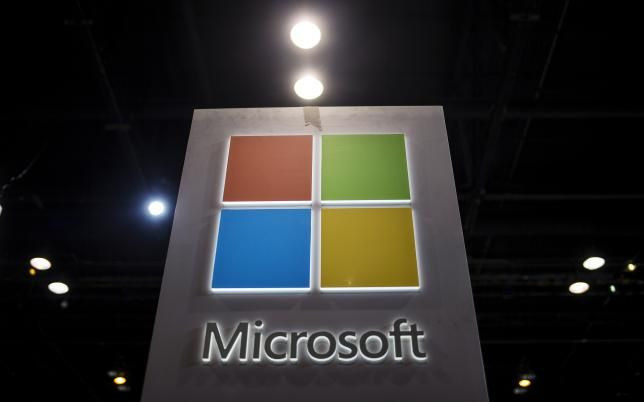4 Things To Know About Windows 10

Microsoft has set July 29 as the definite release date for its Windows 10 operating system. On the same day, millions of Windows users worldwide will start to have download access to the latest version -- absolutely free of charge.
The official word came from Microsoft senior executive Terry Myerson, who said in a blog that “we’re nearly ready to deliver this free upgrade to all of our Windows customers.” The declaration, however, was earlier qualified as exclusive only to users with desktops and tablet computers that run on Windows 7, 8 and 8.1.
But in order to fully enjoy what the new software has to offer, which Microsoft has summed up as personal computing that is “more secure, more productive … and more fun,” upgraders must take note first of four important things about Windows 10.
Initial Install Requirements
Microsoft has already specified that only machines running on the last three versions of Windows are eligible for the free bump up, so users of Windows 7 and up are in the safe zone. The software giant also served notice of the minimum hardware requirements for the OS to be installed, which are the following:
- 1 GHz processor or faster
- 1 GB of RAM for 32-bit processors, 2 GB of RAM for 64-bit processors
- 16 GB of free disk space for 32-bit processors, 20 GB of disk space for 64-bit processors
- Microsoft DirectX 9 graphics card with a WDDM driver
PCs with these specifications must be designed to support 64-bit computing. Obviously, an Internet connection is a must to download the installation file, and the faster that connection is, the quicker the entire process will be. Lastly, upgraders need to be ready with their Microsoft account, which is mostly a given for Windows 8 and 8.1 users.
It Pays To Wait
Windows 10 has generated excitement not seen for a Microsoft push since Windows XP, so many could be making the jump too soon. ZDNet, however, is advising users to exercise patience once the free OS upgrade goes live. Doing so could mean avoiding headaches. Typically, software upgrades are not perfect, so it is hardly surprising that problems could arise and bugs could surface during and after the upgrade process. Though Microsoft may have already set up a quick reaction team to deal with such matters, holding off for a few days or even a couple weeks to download Windows 10 might lead to dodging disastrous consequences. If indeed issues plague the rollout, the likelihood is that by a week or two after July 29, Microsoft will have resolved the situation.
Compatibility Checks
The chance of compatibility issues coming up is not very remote both in the software or application and hardware department. For software, this is likely to happen especially for third-party apps that were originally developed for the earlier platforms. As for the hardware, prudence dictates that drivers for PC components are updated, manually if Windows 10 would not launch the update prompt automatically.
Help On The Way
Any arising problems are not expected to last long, thanks to Microsoft’s forward-looking approach in handling the Windows 10 deployment. “We will continue to update Windows 10 over time with new innovations to help you be more productive and have more fun,” Myerson said. And the best part: Such updates and bug fixes will come at no cost. “Like Windows 10 itself, these updates will be free for the supported lifetime of your device,” Myerson added. That would mean Microsoft will continue to earn love for Windows 10 long after its release date.
© Copyright IBTimes 2024. All rights reserved.





















